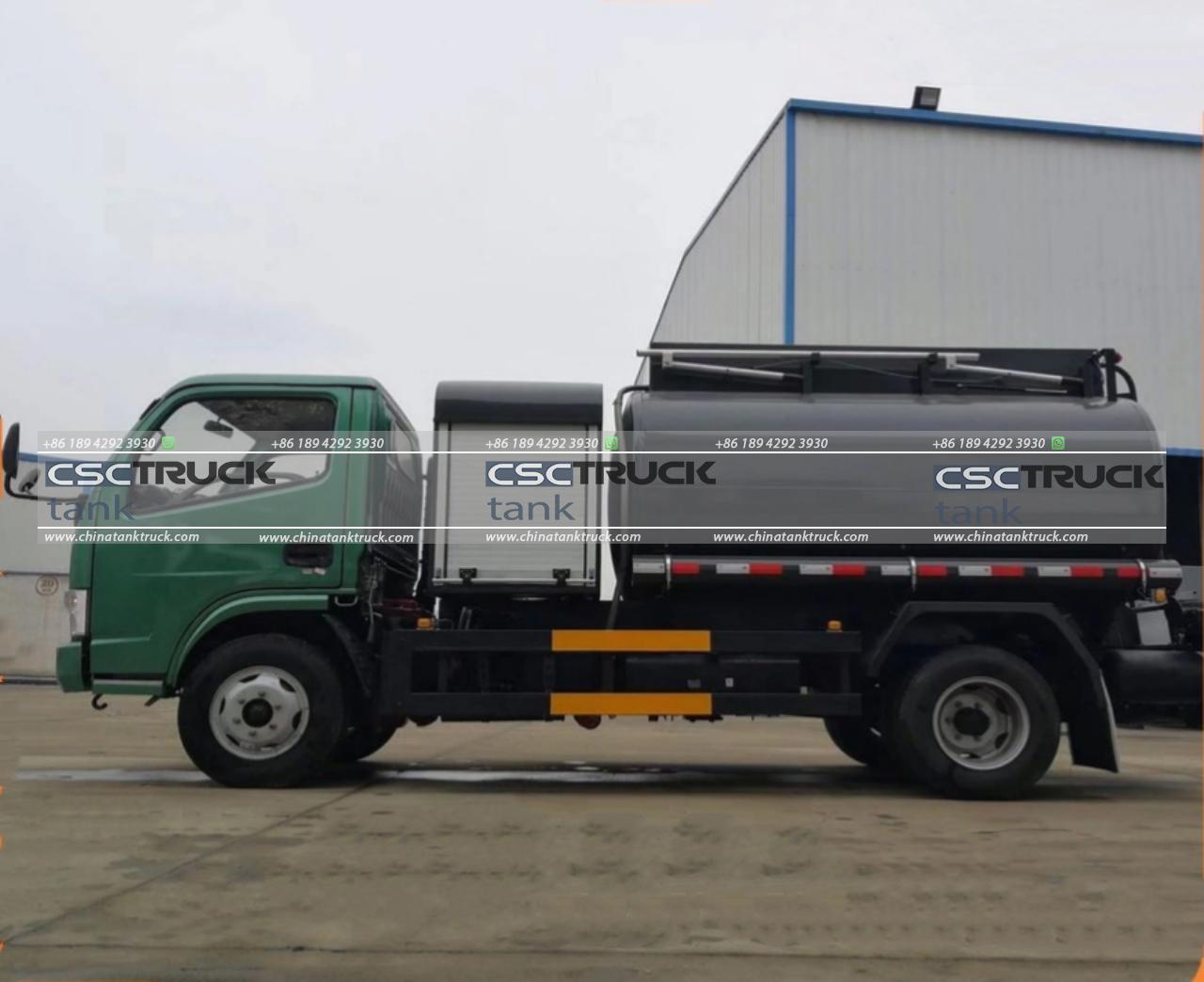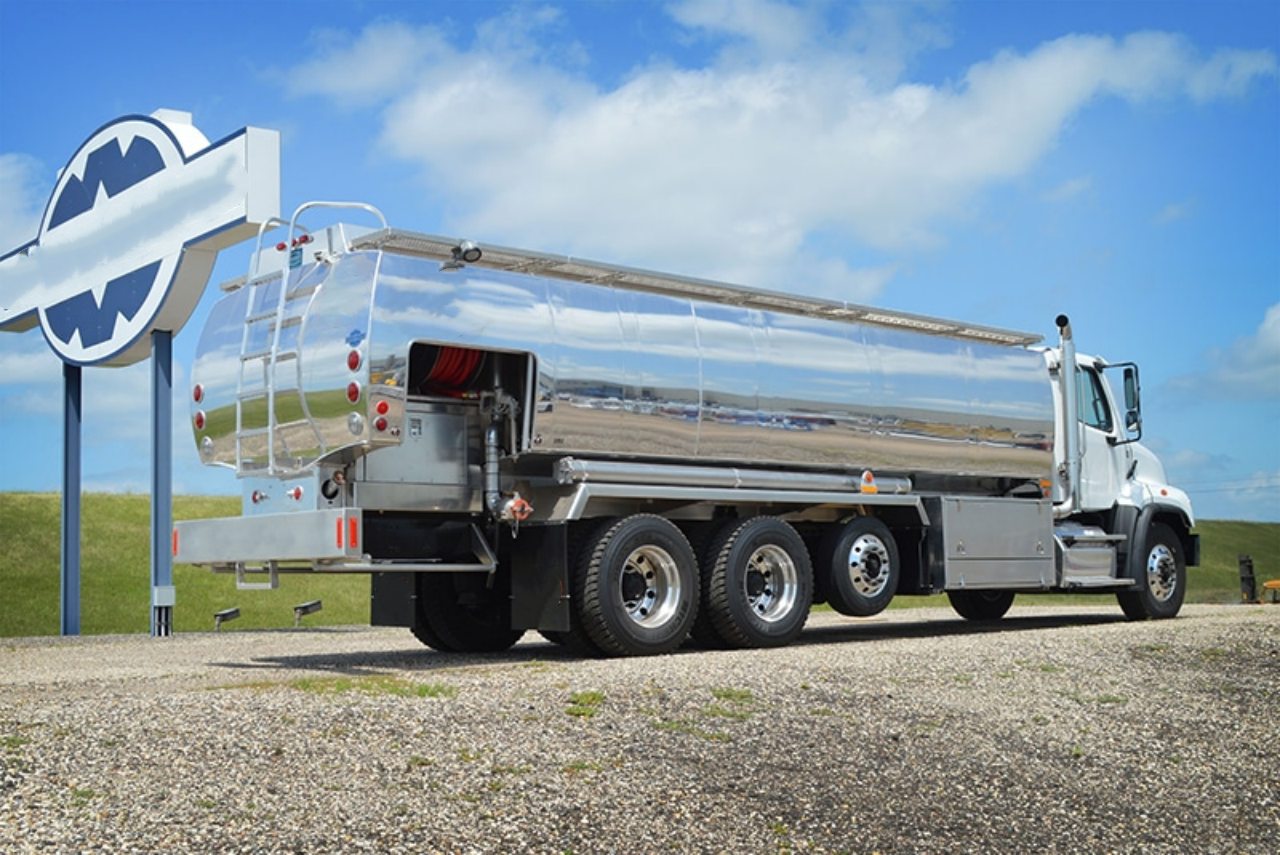What is the Capacity of a Crude Oil Tanker Truck?
Crude oil tanker trucks, often referred to as “oil tankers” or “fuel trucks,” are essential in transporting crude oil from production facilities to refineries, storage tanks, or distribution points. These tanker trucks vary in design, size, and, importantly, capacity, as they are engineered to transport large quantities of oil safely and efficiently. The capacity of a crude oil tanker truck depends on various factors, including the size of the tanker, the type of truck, regional regulations, and the specific operational requirements for transporting hazardous materials.
In this article, we’ll explore what determines the capacity of a crude oil tanker truck, typical capacities in different regions, and the various aspects that affect these capacities. By the end, you’ll have a clearer understanding of the volume these trucks can carry and the importance of tanker truck capacity in the logistics of the oil and gas industry.
1. Types of Crude Oil Tanker Trucks
Tanker trucks come in different designs based on the load size, the distance to be traveled, and the specific requirements of the transported material. Here are the primary types of crude oil tanker trucks:
– Small Tanker Trucks: Used primarily for short-distance transport and smaller loads, small tanker trucks typically have capacities ranging from 3,000 to 5,000 gallons (11,000 to 19,000 liters). These trucks are common in urban areas or within oil fields where smaller quantities need transportation.
– Medium-Sized Tanker Trucks: Medium tanker trucks carry around 5,500 to 9,000 gallons (21,000 to 34,000 liters). They are used for regional deliveries and can handle longer distances than small tanker trucks.
– Large Tanker Trucks: Large tanker trucks, also known as “supertankers” on wheels, are designed for long-distance transportation of oil between major depots. They can carry up to 11,600 gallons (44,000 liters) or more. These are the preferred choices for intercity and interstate oil transport.
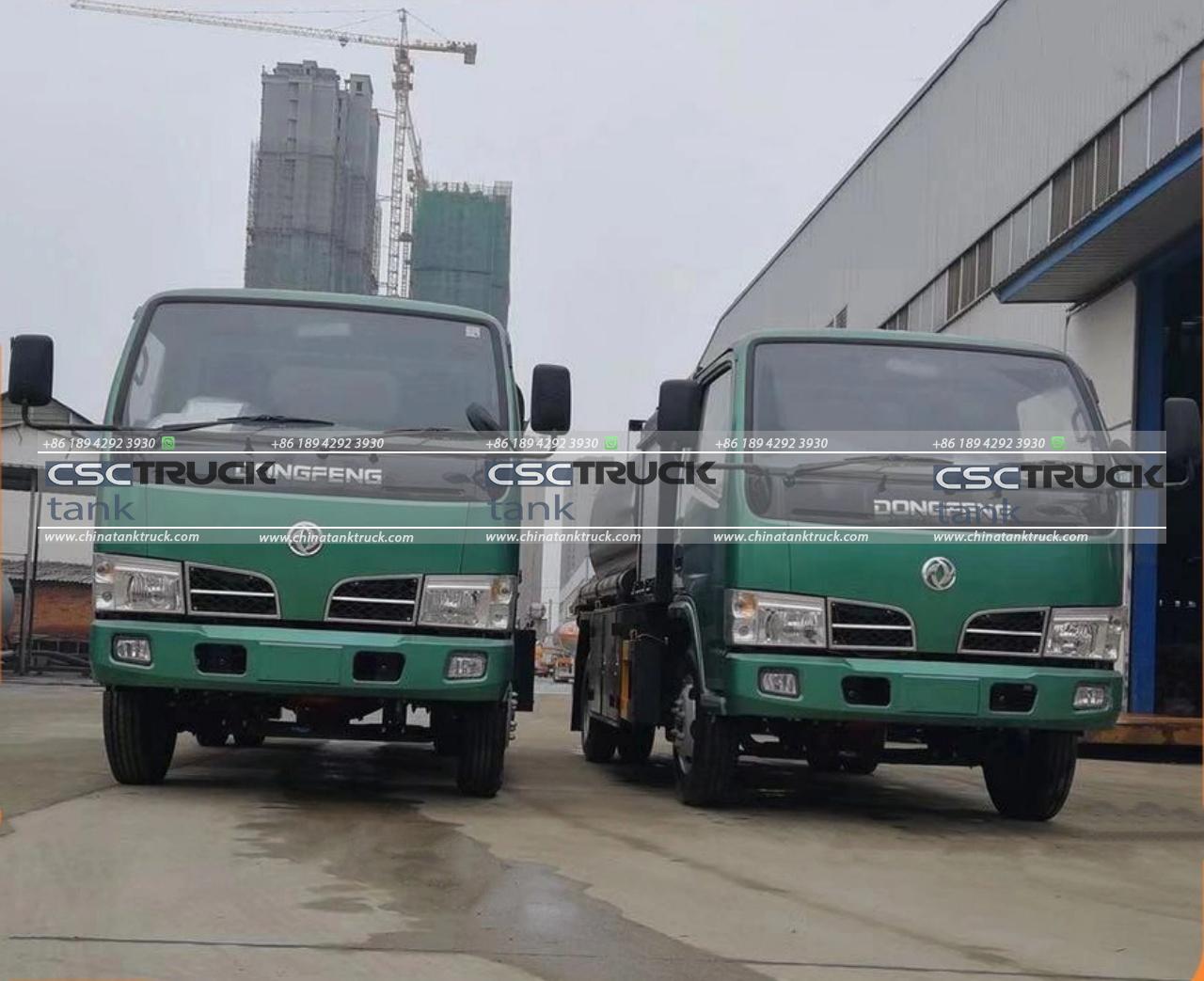
2. Typical Capacity Range of a Crude Oil Tanker Truck
In general, crude oil tanker trucks are designed to carry between 5,500 and 11,600 gallons (21,000 to 44,000 liters) of oil, with some regional variations and exceptions. Here are the common ranges:
– United States: In the U.S., large tanker trucks can carry about 9,000 to 11,600 gallons (34,000 to 44,000 liters) of crude oil. Smaller and medium trucks carry lower volumes, as previously noted.
– Canada: Canadian tankers are often slightly larger, with a capacity of up to 12,000 gallons (45,000 liters) due to less restrictive highway weight limits. The larger size helps accommodate Canada’s vast geographical regions, minimizing the number of trips needed.
– Europe: European crude oil tanker trucks typically range from 6,600 to 10,500 gallons (25,000 to 40,000 liters) due to narrower roads and stringent weight restrictions in various countries.
– Asia: In countries like China and India, tanker trucks generally have capacities between 6,000 and 10,000 gallons (22,700 to 37,850 liters), aligning with road infrastructure and regulatory guidelines.
3. Factors Influencing the Capacity of Crude Oil Tanker Trucks
Several factors affect the capacity of crude oil tanker trucks, including:
– Weight Restrictions: Government regulations limit the total weight of tanker trucks, which includes the truck’s weight, the tanker itself, and the oil load. In the U.S., for instance, the federal gross weight limit is generally set at 80,000 pounds (36,287 kg) on interstate highways, which means tanker trucks must balance between vehicle weight and oil capacity.
– Axle Configuration: The number and arrangement of axles on a tanker truck affect its weight distribution and, consequently, its capacity. Trucks with more axles can carry heavier loads without compromising safety or road stability, enabling them to transport more oil.
– Tank Construction and Material: The tank’s construction material, typically steel or aluminum, affects its weight and volume. While aluminum tanks are lighter and allow for slightly larger capacity, steel tanks provide greater durability, particularly when transporting corrosive materials like crude oil.
– Road Infrastructure: In areas with less developed or narrow roads, tanker trucks are generally smaller in size and capacity to navigate difficult terrain safely. Countries with stringent road restrictions, like those in Europe, often have smaller-capacity tanker trucks.
– Safety and Environmental Regulations: Crude oil is a hazardous substance, and tanker trucks must meet specific safety regulations to prevent spills, leaks, or explosions. This includes design elements like double-walled tanks, pressure-relief valves, and safety shut-off systems, which can sometimes affect the truck’s capacity by adding weight and reducing available cargo space.
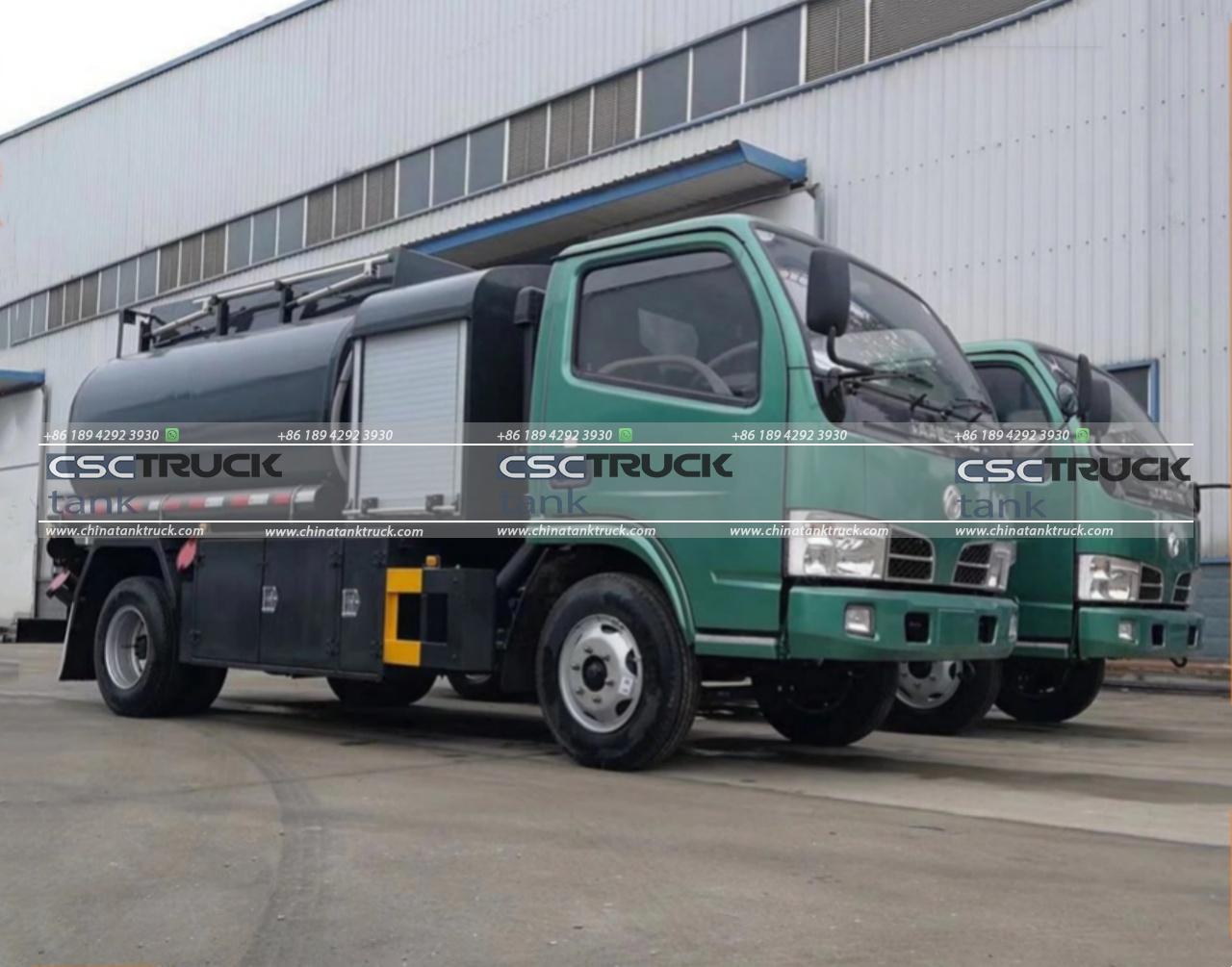
4. Design and Technical Specifications of Crude Oil Tanker Trucks
The design of crude oil tanker trucks is highly specialized to ensure safe transportation. Here are some of the technical specifications that directly impact capacity and efficiency:
– Compartments: Many crude oil tankers are divided into compartments to balance the load more effectively, minimize sloshing, and improve stability during transportation. These compartments range in number, typically from 2 to 6. By carrying oil in sections, the risk of load shifting is reduced, enhancing the truck’s balance and allowing a safer journey.
– Pump and Valve Systems: Crude oil tankers are fitted with advanced pumping and valve systems that facilitate the safe loading and unloading of oil. The system’s complexity can impact the tank’s internal capacity, as additional components take up space inside the tank.
– Thermal Insulation: Crude oil tankers are often insulated to maintain oil viscosity. While insulation is essential, it can also reduce the tank’s internal volume, slightly affecting the total oil-carrying capacity.
– Pressurization: Tankers designed to handle volatile substances like crude oil need to be pressurized to prevent vaporization and spills. Some crude oils can become volatile at certain temperatures, requiring tanks to be pressurized and equipped with vapor-recovery systems, which may reduce the available internal space.
5. Efficiency and Economic Considerations of Tanker Truck Capacity
Maximizing tanker truck capacity is essential for operational efficiency and economic viability. A higher-capacity truck reduces the number of trips required to transport crude oil, cutting fuel costs, emissions, and driver hours. However, these benefits need to be balanced with regulatory compliance, as exceeding weight limits can lead to fines and increased wear on vehicles.
In the oil industry, fleet managers must consider the cost of fuel and labor, as well as maintenance associated with larger-capacity tanker trucks. They often run cost-benefit analyses to determine the optimal truck size and capacity for each specific route and type of operation. This is why large-capacity trucks are often reserved for long-haul transportation, while smaller trucks handle local or short-distance deliveries where large trucks would not be practical.
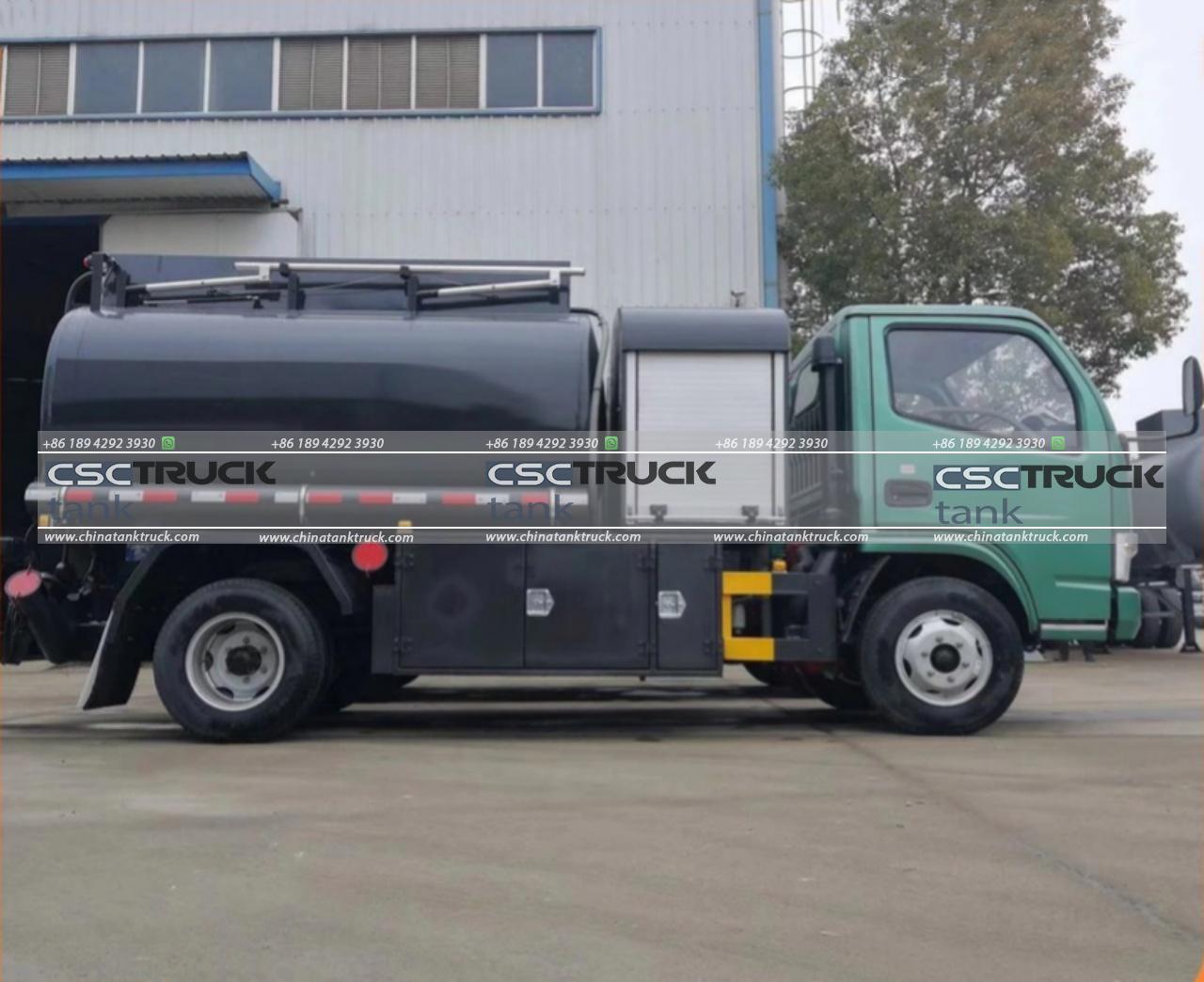
6. The Role of Technology in Optimizing Capacity and Safety
Advancements in technology are playing a vital role in enhancing the capacity and safety of crude oil tanker trucks. Telematics systems, for instance, allow fleet operators to monitor truck location, oil temperature, and tank pressure in real time. This data helps prevent accidents, optimize routes, and monitor loading levels, making transportation more efficient.
GPS tracking and route optimization technology are also critical, particularly when large-capacity tanker trucks travel long distances. The integration of autonomous driving systems and safety features, such as collision avoidance, ensures that trucks operate safely even with heavy loads, maximizing their utility and reducing costs associated with human error.
Conclusion
Crude oil tanker trucks are a critical link in the global oil supply chain, with capacities varying between 3,000 and 12,000 gallons (11,000 to 45,000 liters), depending on the type and regional regulations. While large-capacity trucks are favored for long-distance hauls, smaller trucks serve local deliveries, ensuring flexibility in oil distribution. Several factors, from road infrastructure to safety regulations, influence the specific capacity of these tanker trucks, which must meet high standards to transport hazardous materials safely.
With advancements in technology and ongoing improvements in truck design, the oil industry is better equipped to meet growing global energy demands. Understanding the capacities of crude oil tanker trucks offers valuable insight into the logistical processes that keep the energy sector moving, from oil fields to end-users.
